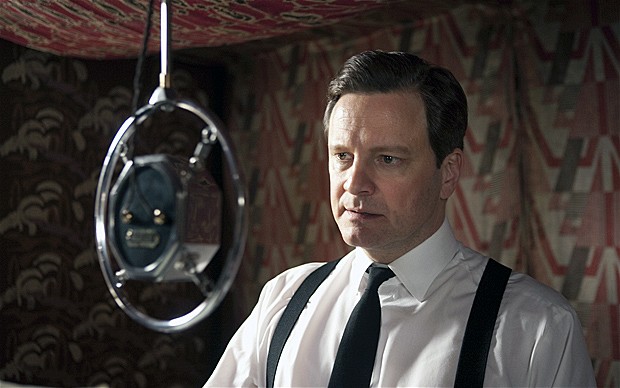Art and Business are polar opposites right? Making money surely has nothing to do with a purely artistic endeavour?
At Dynamic Presenting, we believe there is a much closer relationship between art and business than perhaps many would readily accept. Of course everyone knows that art is a huge business, epitomised by characters such as artist/entrepreneur Damian Hirst who has arguably made making money his principal art form much like the average hedge fund manager does. And after all, hedge fund managers have been most keen to acquire the type of conspicuous, seemingly over-priced art that Hirst has produced.
Learning From each Other…
We would go further – art and business can and should learn a lot from each other. Theatre companies, actors, writers, painters, sculptors, stand up comedians, dancers, film makers… et al could all further their respective causes by observing business people. Artists could learn a lot about organising their work, finances, marketing, setting goals etc. Similarly corporate folk most used to using the logical and strategic quadrants of the brain could through improvisation and artistic freedom learn to innovate and think differently – how often do we read business articles where company heads bemoan the lack of innovation in their ranks?
Dynamic Presenting aims to build a bridge between art and business in order to nurture healthy dialogue between them. We adapt exercises from theatre rehearsals in order to energise and develop the presentations, pitches, speeches and communication of business leaders.
Ajaz Ahmed makes some interesting points in his Guardian article about the sometimes uneasy overlap between art and business
http://www.theguardian.com/media-network/media-network-blog/2013/oct/16/bridging-gap-art-business
Sartaj Garewal is the founder of Dynamic Presenting – a creative, leadership development consultancy, adapting theatre training to create leadership programs for business.
Dynamic Presenting – Enabling Powerful Communication




